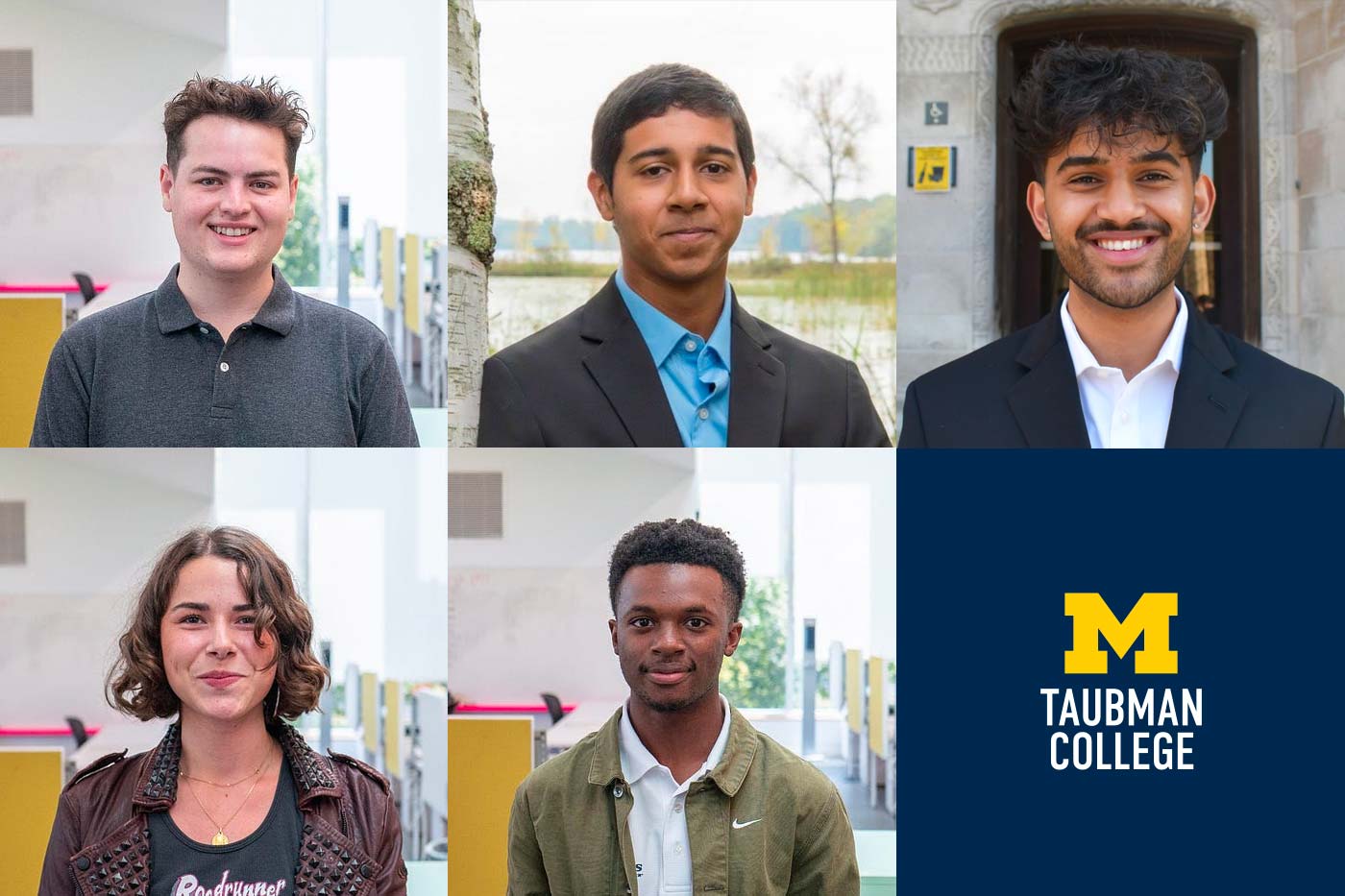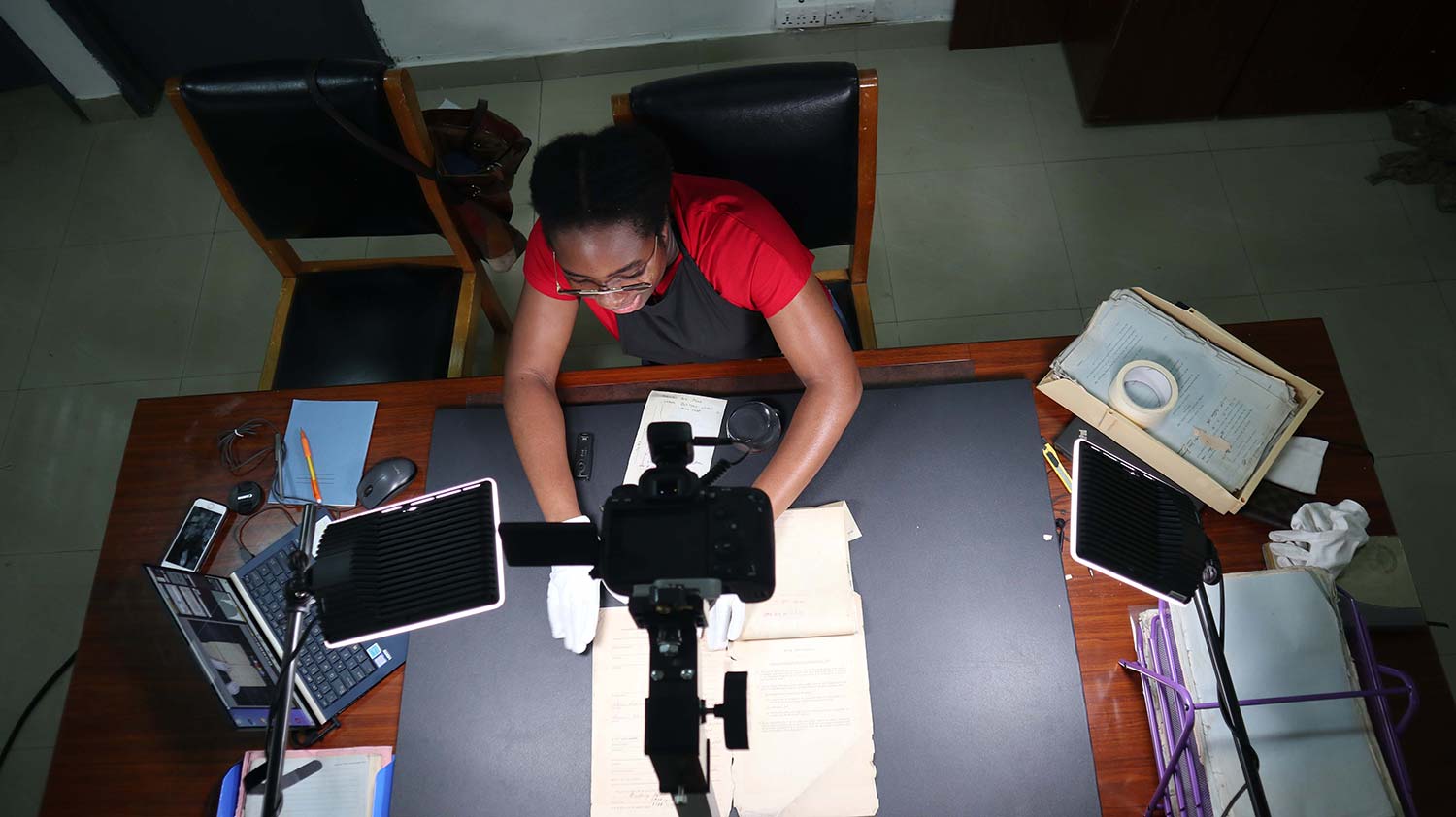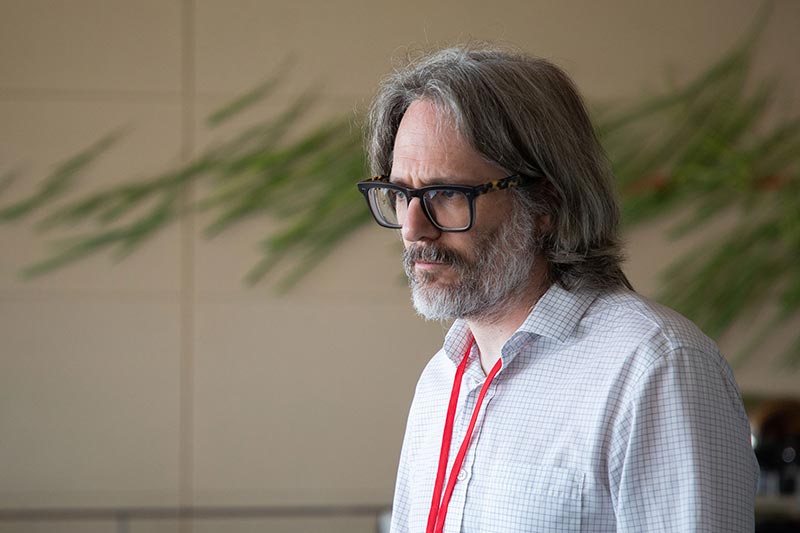
Nanda: Linking Architectural Design to Health Outcomes
Architecture plays a unique — but not unilateral — role in designing living, learning, and work spaces that promote health and well-being equitably for all people, regardless of their age, socio-economic status, or racial or ethnic background, according to Upali Nanda.
“As architects, we must think about what we can do in the design of the environment to solve systemic health problems,” says Nanda, an associate professor of practice. “But to do that, we must work with a coalition of public health officials, medical experts, ecologists, psychologists, and urbanists. We cannot achieve, or even articulate, our design outcomes without working across disciplines.”
In her dual role as a researcher and educator at Taubman College and the director of research at the global architectural firm HKS Inc., Nanda anchors her work at the intersection of practice and academe, design and health, and brain and building. Those three intersections form the core of her research, practice, and teaching approach to linking architectural design to health outcomes.
Nanda also serves as executive director of research for the nonprofit Center for Advanced Design Research and Evaluation (CADRE), where she volunteers her time to create such coalitions between industry, academy, and agency for design research and evaluation.
“We have the ability to take academic research and apply it in practice,” Nanda says. “We see practice as an incubator where ideas can be tested in the real world and come back to the academic realm for deeper investigation. Industry and academe have to work in a feedback loop where both sides win.”
This is crucial today, when the COVID-19 pandemic has tested the tenets of design for health in an unprecedented way. In 2020, health care facilities confronted a daunting medical crisis that has stretched into 2021. University campuses, schools and research laboratories shut down. Architecture and construction firms went into lockdown. As working environments, learning environments, and living environments blurred, the pandemic laid bare some of the glaring inequities in the built environment, prompting deep-seated reflection within the architectural community and a renewed sense of urgency to address much-needed changes.
“We learned how much environments matter in a public health crisis — and that not all people have equitable environments,” Nanda says. “We saw the need to change our mindset from being purely human-centered to more living-centered. We realized that ecologies and economies have to work in concert. The COVID year gave us a better understanding of systemic interdependencies.”
In February, Nanda and Andrew Ibrahim, an assistant professor of architecture and health care researcher at Michigan Medicine, and doctoral student Kimia Erfani, contributed to a new U-M poll with the Institute for Healthcare Policy and Innovation (IHPI) showing nearly one in five older adults with COVID-19 are unable to isolate safely from family members at home. Hispanic or Black individuals and those with lower incomes or poor health are more likely to lack a safe isolation place. The report also revealed that access to nature and safe social connections was not equitable.
“This shows we need to think hard about how we design houses and our living environment,” Nanda says.
Recently, she spearheaded several research projects focused on designing living, learning, and working environments to produce positive health outcomes.
With funding through U-M’s Mcubed program, Nanda collaborated with Michigan Medicine’s Joyce Lee and the School of Public Health’s Karen Peterson on a point-of-decision design project to identify design strategies that encourage middle-school children to make healthier choices about diet and movement.
In another project, led by Taubman College faculty members Robert Adams and Joy Knoblauch, in partnership with Guardian Industries, Nanda and her fellow researchers examined how glass-based building materials can potentially reduce psychological and physical stress while promoting enhanced well-being and productivity in the workplace.
In her Health by Design course, Nanda asked her students to address the challenges of aging and to use research as the basis for designing multigenerational environments. During the COVID-19 pandemic, the class pivoted to thinking about safe social connectivity.
At HKS, Nanda works on integrating research in practice.
“In practice, research has to be agile, scalable, and able to inform the project as we are making decisions,” she says.
Nanda also focuses on occupancy outcomes based on the experience of the people who live, heal or work in the building.
“The design is the hypothesis,” she says. “The lived experience is the outcome. Investing in outcomes is important to constantly learn, improve, and evolve as a profession.”
The future of architecture cannot be about just creating buildings, Nanda concludes.
“It has to be about building systems and contributing to (and being accountable for) larger dynamic ecosystems,” she says. “If we keep our agency limited to bricks and mortar, then we will never be able to leverage the potential of what the built environment can do.”
— Claudia Capos









